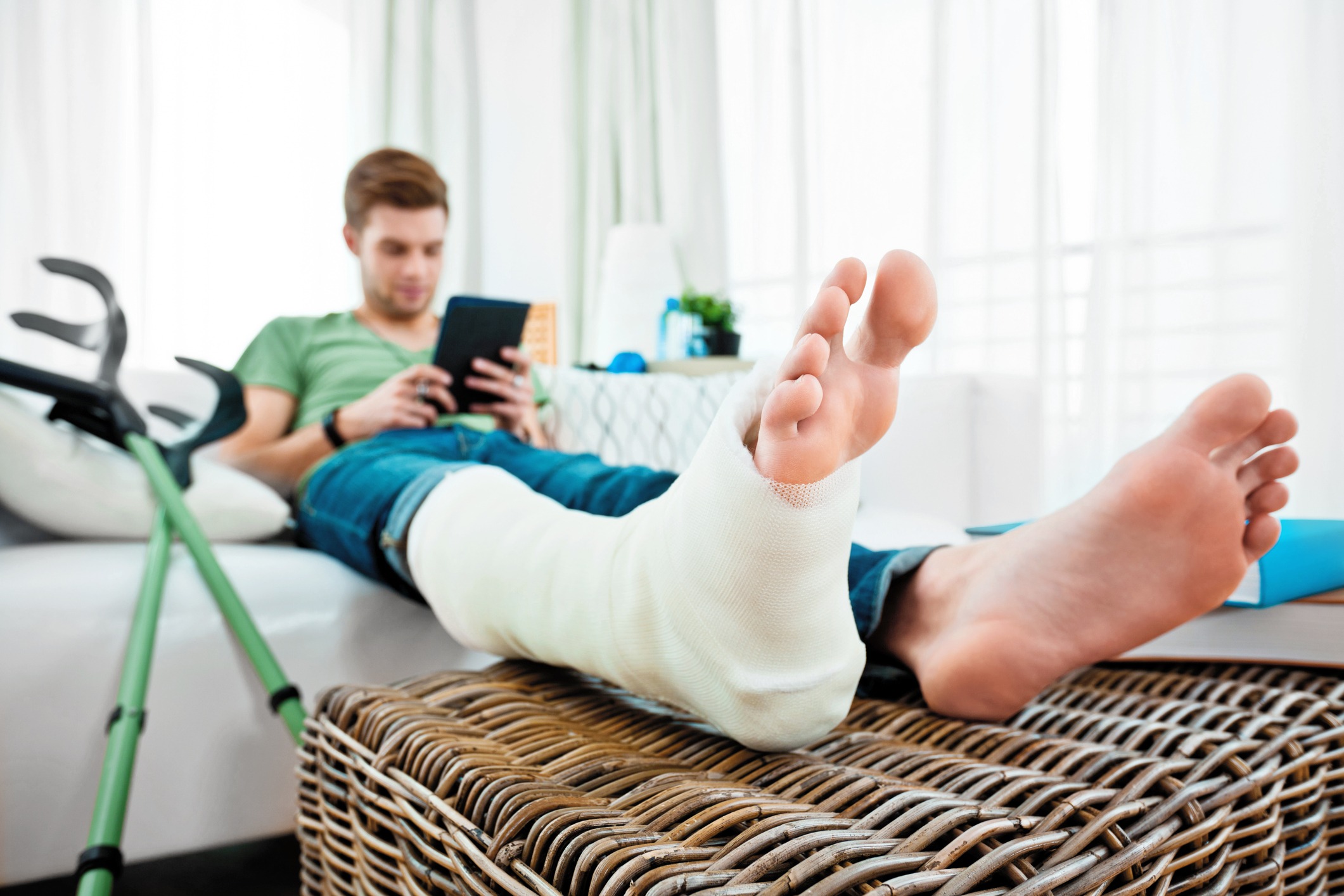
If you had an injury or a major surgery, scar formation is inevitable. Everyone is different – some people are embarrassed by their scars, and other people take pride in them. Our job is to help you reach whatever health outcomes are important to you, so here’s some information on scar management after orthopedic surgery.
What are some negative reactions people have to their scars?
Decrease in confidence
Research conducted to examine the effects of scars revealed that the presence of scars on the visible areas of the body can harm one’s mental, social, and sexual well-being. This can be exacerbated if the scar brings back memories of a painful or traumatic experience, or if your friends and family frequently ask questions about the scar.
Chronic pain in scar tissue
Atrophic scars often cause pain in cold weather and sports, especially if they’re in a part of the body that’s being used a lot, such as the legs or hands. The pain results in decreased physical activity, which can have its own physical and mental health consequences.
Limitations in movement
Scars formed after joint injuries and surgeries can result in diminished mobility across the joints and, sometimes, painful movements. The bigger the scar is, the worse the result can be. Scar management is important to prevent this diminished mobility.
What Can Be Done to Manage Scars?
Managing scars is a delicate process that needs constant care and devotion. The objective is to heal the wound with the formation of minimal adhesions and scars. Here are a few practices that help in effective healing after surgery.
Pressure bandage
A pressure bandage helps reduce swelling and keeps the incision in its place. It also decreases the pain and prevents the wound from becoming contaminated.
Keep the wound dressing in place
An essential point for scar management is to keep your wound dressing firmly in place and not let it slip. This helps the healing process by keeping the blood flow intact via newly formed blood vessels. If the dressing slides from its place repeatedly, the healing process will be disrupted which can lead to the formation of an atrophic scar.
Limit your movements
As long as the wound is fresh, it’s necessary to keep the surrounding joints immobile. Excessive movement stretches the skin and impedes the healing process, paving the path to scar formation.
Massage the healed incision area
Massaging the healed area improves blood flow and allows the regrowth of tissues. With a sufficient blood supply, nutrients and oxygen is delivered efficiently to the skin, which prevents inflammation.
Topical vitamin E application
Studies have shown that vitamin E oil application speeds up wound healing and minimizes the risk of scar formation. It is recommended by physicians for cosmetic purposes in patients with a chance of scar formation.
Avoid sunlight exposure
The incision area is advised to be kept from sunlight to avoid the chances of pigmentation. If pigment forms in the scar area, it can clearly show the area of the incision.
SRO’s Orthopaedic Trauma Team
Sudden injuries from an accident or other mishap can turn your life upside down. But expert specialist care from an experienced, board-certified and fellowship-trained team of orthopedic trauma specialists can make all the difference. We work tirelessly to restore your function and confidence in your body. Read More…

